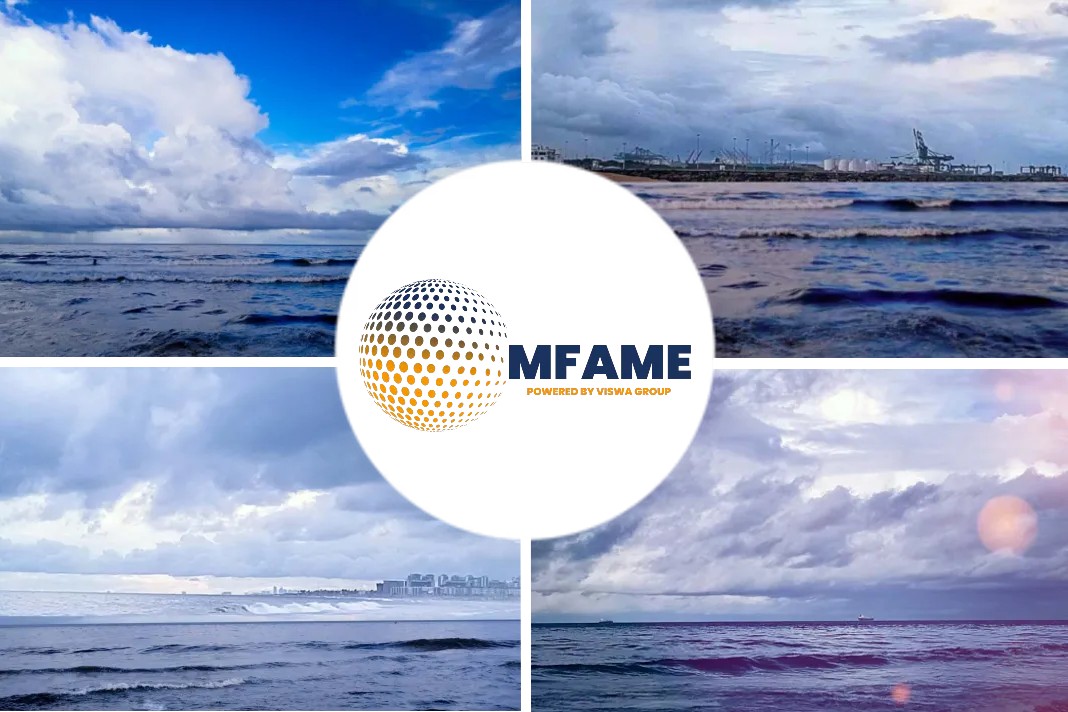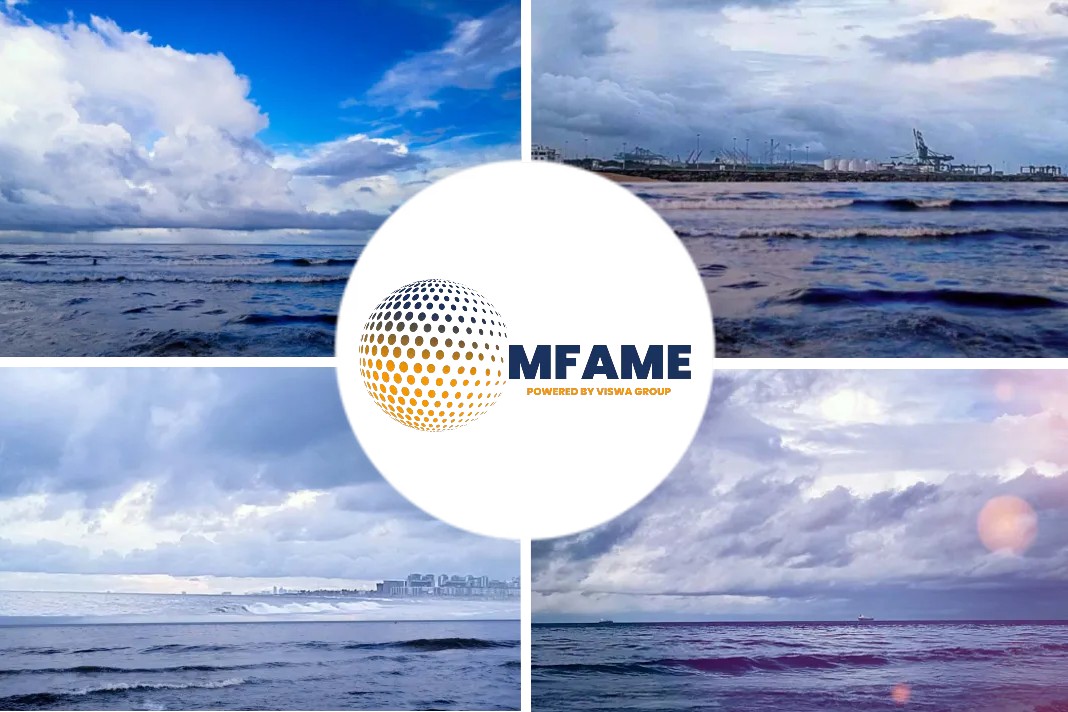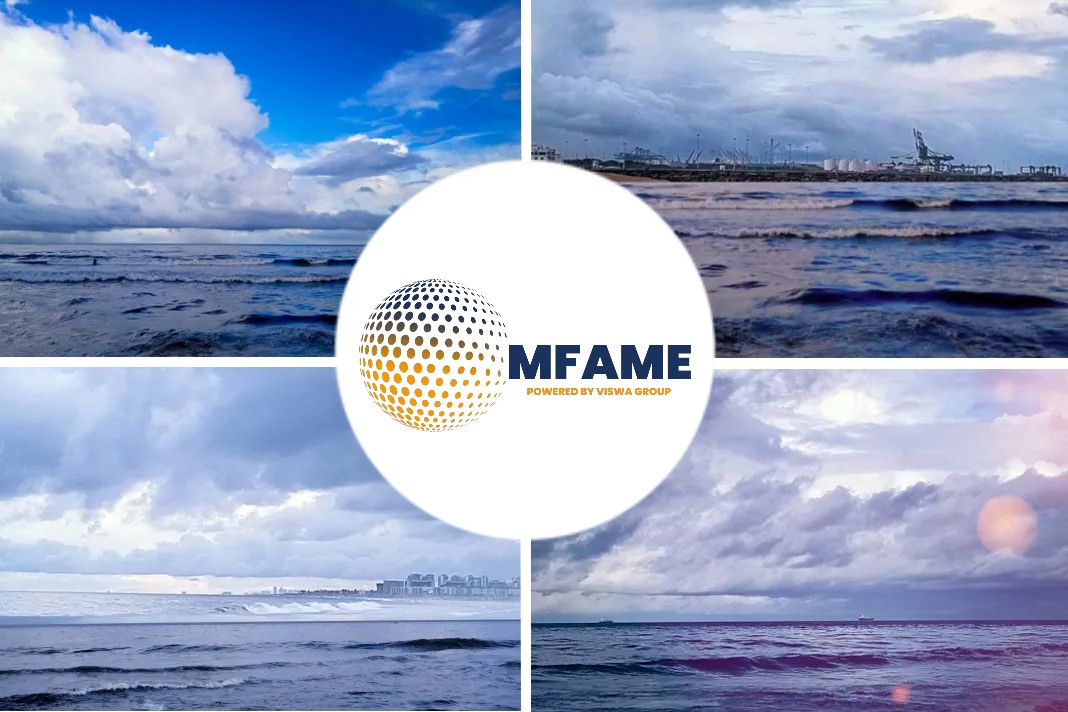The listing of Diamond S Shipping (NYSE: DSSI) in late March marked the largest U.S. stock market debut of a commercial vessel owner in four years. Now, the focus of analysts and investors is on how soon and how quickly Diamond S will pump up its fleet and grow bigger still, writes Greg Miller, the Senior Editor of Freight Waves in an article published on their website.
Snapshot of the New DSSI?
The Connecticut-based crude oil and product-tanker owner reported a net loss of $1 million in the first quarter of 2019, compared to a net loss of $13.7 million in the first quarter of 2018.
But investors will have to wait another quarter to get a true snapshot of the ‘new’ DSSI. All but four days of the first quarter of 2019 results referred to the predecessor private company Diamond S; only at the very end of the period did results reflect the current incarnation, which is a combination of the original fleet and the tanker vessels previously owned by Capital Product Partners.
DSSI Present Standings
The recently combined entity boasts a fleet of 68 tankers with a carrying capacity of 5 million deadweight tons (DWT), making it one of the largest tanker players in the U.S. public markets. DWT is a measure of how much weight a ship can carry, not its weight, empty or in any degree of load. DWT is the sum of the weights of cargo, fuel, fresh water, ballast water, provisions, and crew.
On the crude oil tanker side, Diamond S owns 15 vessels in the Suezmax category (120,000-200,000 DWT) and one Aframax (80,000-119,999 DWT); on the product side, it owns 46 MR2s (40,000-54,999 DWT) and six MR1s (25-39,999 DWT).
Comment from the CEO
“IT’S FANTASTIC TO BE PUBLIC AGAIN. WE’VE GOT A TEAM THAT’S EXCITED TO GROW THE BUSINESS AND WE THINK WE’RE IN A FANTASTIC PLACE IN THE [SHIPPING BUSINESS] CYCLE.”
CRAIG STEVENSON, CEO, DIAMOND S SHIPPING
During the company’s conference call with analysts on May 14, DSSI chief executive officer Craig Stevenson commented, “We expect to grow the company in a disciplined manner.”
Existing Vessel Clauses, the Priority
Asked by an analyst whether the Diamond S growth plan would favor the Suezmax crude tankers and MR product tankers that already dominate its fleet, or whether the company would broaden in scope and look at classes such as very large crude carriers (300,000 DWT), Stevenson answered, “I don’t think we’re limited in that sense. We want to do accretive transactions that make sense for all of the shareholders.”
Stevenson continued, “I think the most obvious place to look first would be the two existing vessel classes, but we would certainly look at other types of tankers. If it’s an accretive transaction, we would absolutely evaluate it.”
Growth by Second Hand Acquisitions?
Asked whether Diamond S is seeking to grow through second-hand acquisitions of ships already on the water, or through newbuildings, he replied, “I always look at newbuildings as the last thing you think about. You look for high-quality younger ships first. Only once you exhaust that do you look at newbuildings.”
Stevenson added, “But obviously, if a major customer comes to you and wants you to build a ship and offers you a long-term transaction, that’s something different.”
Ways Capital Structure Will Fund Growth
Diamond S chief financial officer Kevin Kilcullen explained two ways the company’s capital structure could be used to fund growth.
First, he noted that the balance sheet has low financial leverage, allowing potential for growth funding. “Coming out of the transaction [with CPLP], we have a very healthy balance sheet with a net loan-to-value ratio of 51 percent, so there’s substantial equity value in our fleet.”
“In terms of how we’re looking to grow the company and how we’re going to transform the existing asset base, this equity value in our ships is a tremendous source of capital to fund attractive opportunities,” he continued. “You could see us take capital out of certain assets and redeploy it into other ones that we think will drive higher returns.”
He added, “We are also looking at the smaller universe of larger opportunities that entail combinations on a NAV-to-NAV [net asset value to net asset value] basis with other owners and operators with similar tonnage. That could be a big growth driver for the Diamond S platform moving into the next year.”
Kilcullun’s second point refers to stock-for-stock deals, or stock-for-ships deals, in which the stock is used as currency and valued in relation to NAV – the value of DSSI’s assets minus liabilities. There have been numerous instances over the past two years where U.S.-listed shipping companies have bought fleets owned by private equity groups or other public companies in return for stock.
Why the investment community expect growth?
One of the reasons the investment community expects growth out of Diamond S is its pedigree. It may have just listed on the NYSE, but given the personalities behind it, it’s viewed as a big fish coming back into the pond.
As Stevenson put it when he wrapped up the analyst conference call, “It’s fantastic to be public again. We’ve got a team that’s excited to grow the business and we think we’re in a fantastic place in the [shipping business] cycle.”
Stevenson’s Role in the Company
In his previous public company role, Stevenson was the chief executive officer of tanker owner OMI Corporation. Then NYSE-listed OMI sold out in 2007 – at the height of the previous shipping boom, exactly at the peak and just before the bust – pocketing $2.2 billion from fleet buyers Teekay Corp (NYSE: TK) and TORM.
After that perfectly timed blockbuster deal, Stevenson’s right-hand man, ex-OMI president Robert Bugbee, went on to become president of Scorpio Tankers (NYSE: STNG) and Scorpio Bulkers (NYSE: SALT), where he has presided over frenetic expansion plans at both companies. Stevenson started up Diamond S Shipping in 2007, together with private equity group First Reserve.
Purchases and Ownerships So far
In 2011, Diamond S bought the product-tanker fleet of South Korea’s Cido Tanker Holding Co. That deal brought new investors into the fold, including WL Ross & Co – the private equity group led by Wilbur Ross, now the U.S. Secretary of Commerce – and China Investment Corporation, an entity controlled by the government of China.
This ownership mix eventually led to controversy for Ross after his appointment in the Trump Administration, particularly given that Ross was one of the people negotiating the trade deal with China. At first, he sought to retain his personal Diamond S stake, but ultimately divested it, reportedly to family members.
Future Prospects
According to a prospectus filed on May 10, for secondary time-to-time stock sales by certain existing shareholders of DSSI, WL Ross & Co currently owns 24.3 percent of shares outstanding and is not offering any for sale, while the Chinese state-controlled entity owns 6.5 percent and is considering the sale of all of it.
Did you subscribe to our daily newsletter?
It’s Free! Click here to Subscribe!
Source: Freightwaves















